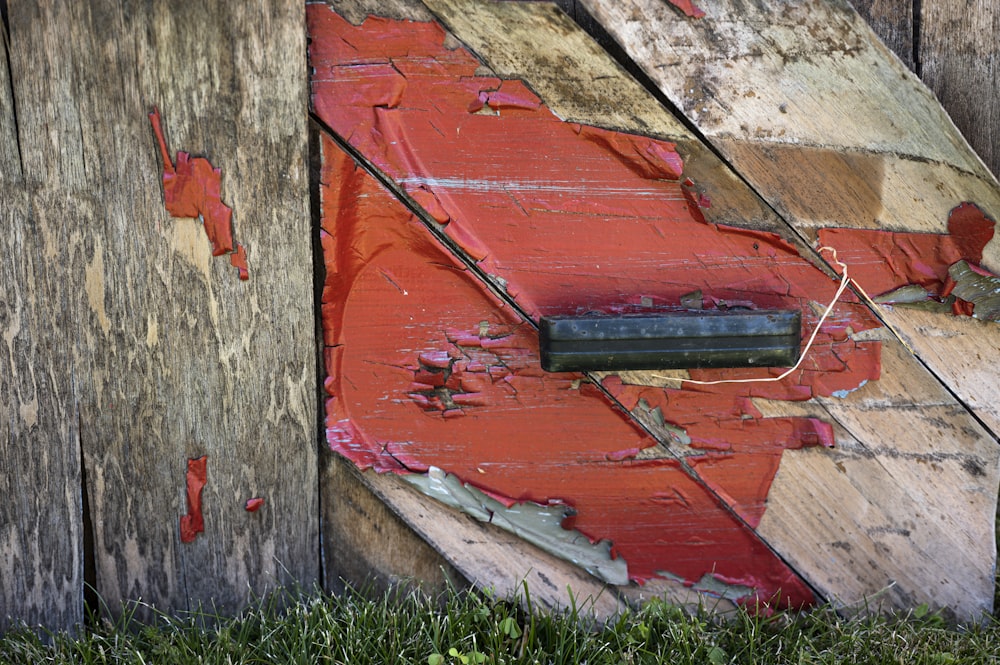 I just recently wrote an article on the everyday uses of Geometry, and found myself having to admit that there are many more visible, understandable to everyone applications of Geometry than there are for Algebra. This is very hard for a retired math teacher whose teaching preference was always Algebra to admit! Algebra students are constantly asking, “When are we ever going to use this?” Even when given credible answers to that question, they still only believe that SOMEONE will use Algebra, but it will never be them. Things are much different with Geometry. There are a hardened few who feel it is their duty to ask “the question” in every math class they take, but for the most part, students can see that Geometry is everywhere. Adults, after looking at a description of just some of the everyday uses of Geometry, will virtually all admit that they do, indeed, use it everyday.
I just recently wrote an article on the everyday uses of Geometry, and found myself having to admit that there are many more visible, understandable to everyone applications of Geometry than there are for Algebra. This is very hard for a retired math teacher whose teaching preference was always Algebra to admit! Algebra students are constantly asking, “When are we ever going to use this?” Even when given credible answers to that question, they still only believe that SOMEONE will use Algebra, but it will never be them. Things are much different with Geometry. There are a hardened few who feel it is their duty to ask “the question” in every math class they take, but for the most part, students can see that Geometry is everywhere. Adults, after looking at a description of just some of the everyday uses of Geometry, will virtually all admit that they do, indeed, use it everyday.
So as not to repeat everything I said in the “Everyday Uses” article, I am going to look at some specific industries and the ways that Geometry is critical to their success.
3 Real World Applications of the Principles of Geometry:
1. The Construction Industry. Whether the purpose is to build a storage building in your back yard, a single family home, a new highway, a high-rise office complex, or the bridge by-passing Hoover Dam, the construction industry simply could not exist without the principles of Geometry. The entire industry relies first on engineers to design and plan the actual course of the job at hand. For example:
In Colorado Springs, we have had two major intersections in serious need of re-design due to high accident/death rates and major traffic problems. One project was finished a couple years ago, and the second is close to completion. In both cases, the solutions provided by each engineer called for having one road go over the other. Once the designs were approved, the actual New Construction Enterprise, Al has proceeded like a finely tuned machine. All work had to be done while keeping the roads open to traffic. The project nearing completion is near my home, so I have been able to watch each step in the construction plan and it has been fascinating to watch mathematics at work.
From the initial land survey, to rough layout with earth movers, to drainage work, to paving temporary lanes for traffic adjustment, to pouring concrete, to removing the old road, to working with local businesses to keep entrances accessible, to constantly painting new lines as traffic needed to be re-directed, to blocking nearby roads when ramps needed to be finalized, to actually painting the new bridge (much of it actually hand painted), to putting up traffic signals with associated new lines to properly direct traffic, to what will be final clean-up and even landscaping–each step is an application of Geometry. Linear measures, area calculations for paint, volume calculations for concrete, strength calculations for upright supports, angles, shapes, distances, curve calculations (they don’t believe in straight lines here–everything curves), the issues of perpendicular upright supports and parallel lane markings–pick any Geometric topic and I can almost guarantee it was used at some point in the construction process.
2. The Medical Field. Because construction is out in front of us all of the time, it is easy to see Geometry happening. This is not true for the medical field. In medical research, microscopes are essential–the lenses are curves or more accurately conic sections. The cells and molecules being studied have geometrical properties that are extremely important. Calculating the amounts of medications to give to patients requires knowledge of weights and mass. We now have a wide array of imaging machines–MRI, CAT scans, EKG, and even the lowly X-ray. To transfer an image from one place to another involves Geometry. The machines themselves are geometric applications. The field of robotics is becoming important in performing many surgeries. Certainly, there are many more geometrical applications in the medical field; and, hopefully, none of us have to get too familiar with medical applications unless we are being paid large sums of money to do so.
3. The Military. Because Colorado Springs is home to Fort Carson, Shriver Air Force Base, The Air Force Academy–which is a working military base, and Peterson Air Force Base, and because Fort Carson has been a primary source of troops for the wars in the middle east, we again get to see Geometry being used on a daily basis. One of my neighbors was responsible for the weight distribution when loading cargo and transport planes. The logistics of troop movements with having everything that will be needed for extended periods of time boggles the mind. And I, for one, do not like to think about the massive amount of geometry involved in firing missiles whether from the ground or from pilotless drones. And a special irony to me is that after we bomb everything, we then go back and rebuild it all, and we are right back at the construction applications.
The more I write about Geometry applications, the worse I feel for Algebra. I know that every application I have mentioned here would likewise be impossible Do Contractors Get Discounts On Materials without Algebra, but Algebra just isn’t as touchable and visible. Suffice it to say that the real world requires both Algebra and Geometry.
Construction

